Pure, Impure, Community and seperation

In a nutshell
The word Tazria, to impregnate (or childbirth), is the 13th distinctive word in the forth parashah in the Book of Leviticus 12:1–13:59. Parashat Tazria is combined with the next parashah, Metzora in common years (2018, 2020, 2021, 2023, 2025, 2026, and 2028), however, in leap years (2019, 2022, 2024, and 2027), Parashat Tazria is read separately.
The world of Leviticus
“It is difficult to enter the world of Leviticus. It is a realm preoccupied with ritual purity and impurity, and a priestly space sanctified through sacrificial offerings and atonements. This foreign domain is ordered by hierarchical dualities that separate the divine and the created, the holy and the unholy, the human and other created beings, the clean and the unclean, the Israelite and the non-Israelite, the priest and the ordinary Israelite, the able-bodied and the disabled, the free and the enslaved, the adult and the child, and the male and the female.”- Daver Acher By: Judith R. Baskin, Ph.D.
Impurity & purity
Parashat Tazria deals with specific laws of tumah v’taharah, ritual impurity and purity, when a woman gives birth. Comparable to the situation of the nidah, the menstruating woman, discussed in Leviticus 15, she is in a state of impurity requiring separation from her husband and the larger community for seven days.
33 days versus 66 days
If a woman gives birth to a male, (Lev. 12:2) she should undergo a process of purification, which includes immersing in a mikvah (a naturally gathered pool of water) and bringing offerings to the Holy Temple. On the eighth day of life, all male infants are to be initiated into the covenant between G-d and Israelite men. Circumcision was first mandated in the context of the covenant between G-d and Avraham (Gen 17:10-14). In addition the mother of a son must isolate herself from entry into the sanctuary and from contact with consecrated objects for an additional thirty-three days, forty in all. In Leviticus 12:4 we learn about the difference between postpartum blood (the blood of the nidah), and the “blood of purification” that begins on the eighth day following the birth of a son and the fifteenth day after a daughter is born. In Leviticus 12:5, the woman who has given birth to a daughter, the time for purification periods are doubled, being impure, she must keep apart from the holy for an additional 66 days, for a total of 80 days.
40 days versus 80 days
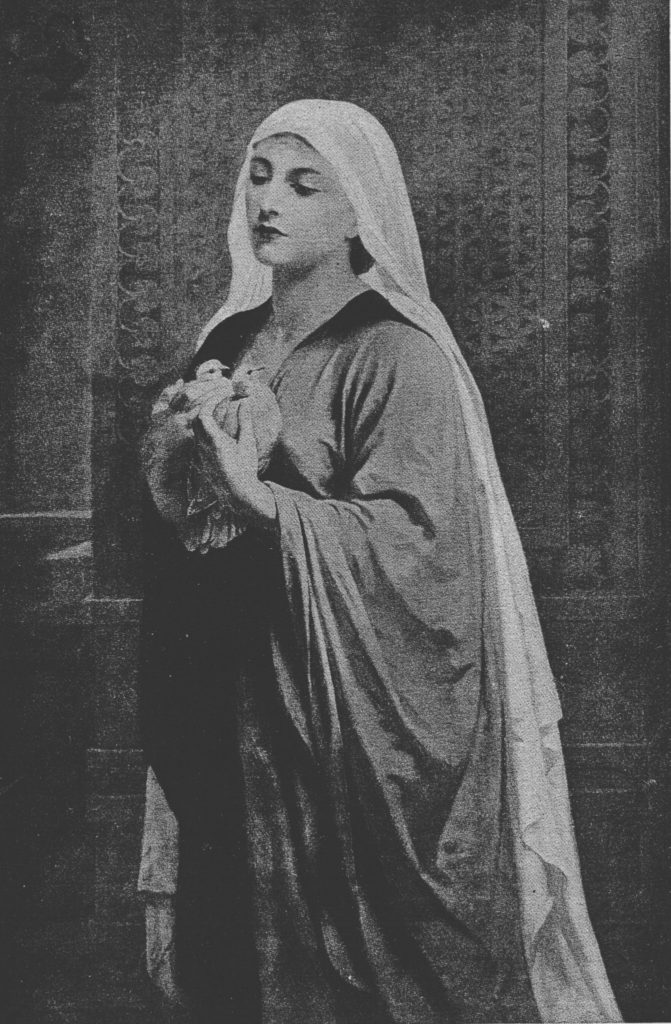
On the completion of her period of purification, the new mother, depending on her infant’s gender, son on the 40th. and girl on the 80th day, must bring Olah (a burnt offering) and Chatat (a sin offering), to the priest; “The priest will make expiation on her behalf and she shall be pure” (Lev. 12:8).
Charlotte Elisheva Fonrobert discusses Rabbinic views of this parashah in “Tazria: Post-biblical Interpretations,” We are left humbled by their mystery: Why is the mother of a daughter separated from sanctity twice as long as the mother of a son? Why are the numbers of additional days 33 and 66? What role does the blood of circumcision play in shortening the woman’s estrangement when the infant is male? (See Exodus 4:24-26). Why is postpartum blood separated into two categories? And why must the woman bring a sin offering when her time of purification arrives? For what is she atoning? “The Torah: A Women’s Commentary” p. 650-652
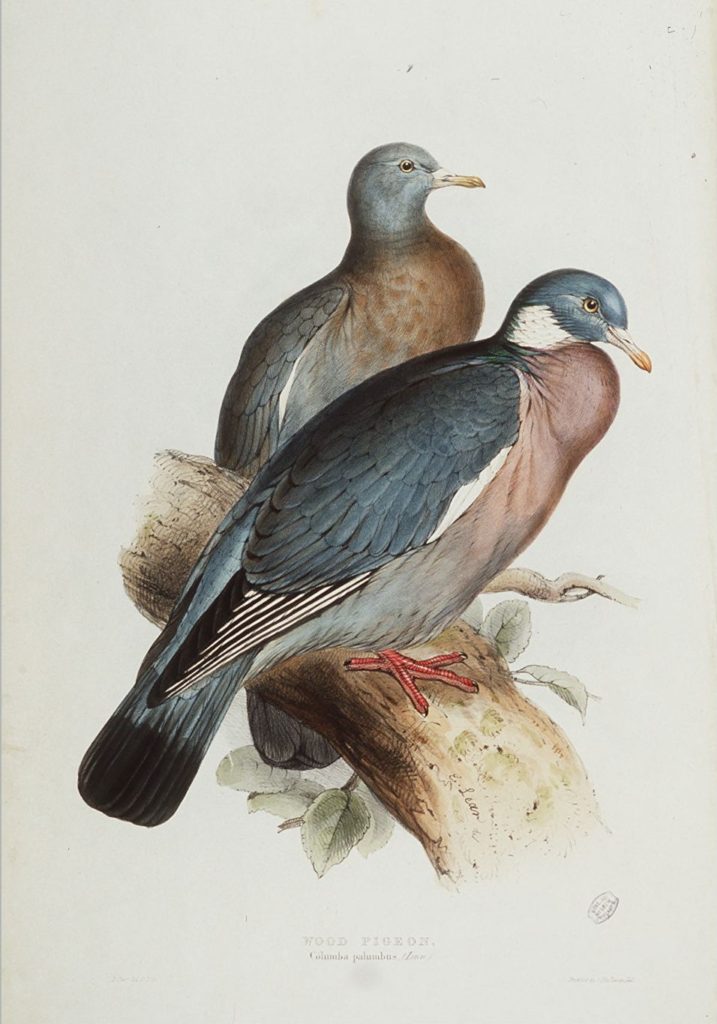
Tzaraat
Tractate Negaim in the Mishnah and Tosefta interpreted the laws of skin disease in Leviticus 13. A Midrash teaches that skin disease can be resulted from 10 sins: (1) idol-worship, (2) unchastity, (3) bloodshed, (4) the profanation of the Divine Name, (5) blasphemy of the Divine Name, (6) robbing the public, (7) usurping a dignity to which one has no right, (8) overweening pride, (9) evil speech, and (10) an evil eye. Another Midrash compared the discussion of skin diseases beginning at Leviticus 13:2 to the case of a noble lady who, upon entering the king’s palace, was terrified by the whips that she saw hanging about. But the king told her: “Do not fear; these are meant for the slaves, but you are here to eat, drink, and make merry.” So, too, when the Israelites heard the section of Scripture dealing with leprous affections, they became afraid. But Moses told them: “These are meant for the wicked nations, but you are intended to eat, drink, and be joyful, as it is written in Psalm 32:10: “Many are the sufferings of the wicked; but he that trusts in the Lord, mercy surrounds him.” Rabbi Johanan said in the name of Rabbi Joseph ben Zimra that anyone who bears evil tales (לשון הרע, lashon hara) will be visited by the plague of skin disease (צָּרַעַת, tzara’at), as it is said in Psalm 101:5: “Whoever slanders his neighbor in secret, him will I destroy (azmit).” Rabbi Haninah taught that skin disease came only from slander. The Rabbis found a proof for this from the case of Miriam, arguing that because she uttered slander against Moses, plagues attacked her. And the Rabbis read Deuteronomy 24:8–9 to support this when it says in connection with skin disease, “remember what the Lord your God did to Miriam”
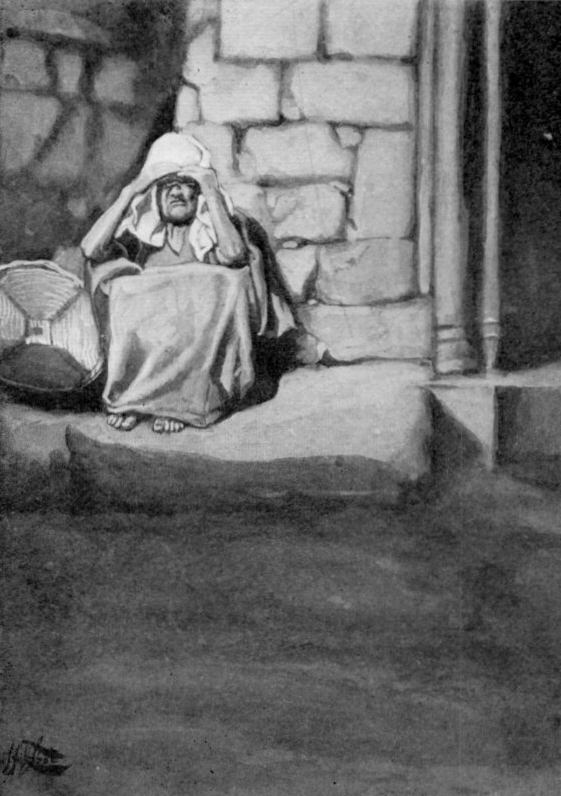
Leviticus 13 prescribe the role of an Israelite priest, in diagnosing and purifying people afflicted with a skin disease known as tzaraat. In biblical times, Tzaraat, was a punishment for lashon hara (gossip), and had to be inspected by a Kohen. Tzaraat is a super-natural plague, which amazingly can also afflict garments. If white or pink patches appear on a person’s skin (red / green in garments), a kohen, and not a doctor, was summoned. Judging by various signs, such as an increase in size of the afflicted area after a seven-day quarantine, the kohen pronounces it tamei (impure) or tahor (pure). The ritual impurity of tzaraat is the strictest of all types of impurities mentioned in the Torah. It is the only impurity for which the Torah requires a person afflicted with tzaraat to stay completely alone outside “the camp of Israel” until he is healed.
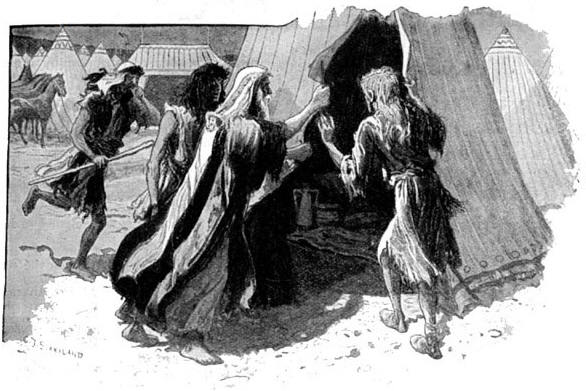
To pronounce a fellow Jew as impure is an enormous responsibility only a Kohen, who is chosen to bless the people with love, can make such a declaration, as it will be accepted as the honest truth. (based on Likutei Sichot). Human beings are social creatures. Our connection to others enables us to survive and thrive.
Loneliness
Much of what we know about the causes and effects of social isolation and loneliness comes from the groundbreaking research of the late John T. Cacioppo, Ph.D., former director of the Center for Cognitive and Social Neuroscience at the University of Chicago and an NIA grantee. Dr. Cacioppo’s research found that being alone and loneliness are different but related. Social isolation is the objective physical separation from other people (living alone), while loneliness is the subjective distressed feeling of being alone or separated. It’s possible to feel lonely while among other people, and you can be alone yet not feel lonely.
<blockquote class="wp-block-quote" style="box-sizing: border-box; border-width: 0px 0px 0px 5px; border-top-style: initial; border-right-style: initial; border-bottom-style: initial; border-image: initial; font-size: 1.1em; font-style: italic; font-weight: 600; margin: 1.5em 1em 1.5em 3em; outline: 0px; padding: 1.2em; vertical-align: baseline; quotes: "' '"; position: relative; line-height: inherit; overflow-wrap: break-word; font-family: Muli, sans-serif; text-align: justify; background-color: rgba(255, 255, 255, 0.05); border-color: initial initial initial rgba(0, 0, 0, 0.05);">
“Loneliness acts as a fertilizer for other diseases,” Dr. Cole said. “The biology of loneliness can accelerate the buildup of plaque in arteries, help cancer cells grow and spread, and promote inflammation in the brain leading to Alzheimer’s disease. Loneliness promotes several different types of wear and tear on the body.” People who feel lonely may also have weakened immune cells that have trouble fighting off viruses, which makes them more vulnerable to some infectious diseases, he added.
May we all find a way to connect and be connected to other people, being a part of a community, having a sense of belonging to versus longing for. Kol tuv.

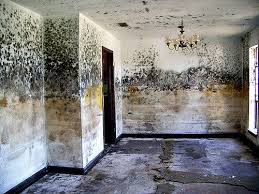
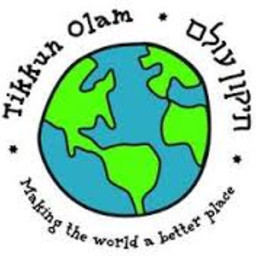

Comments